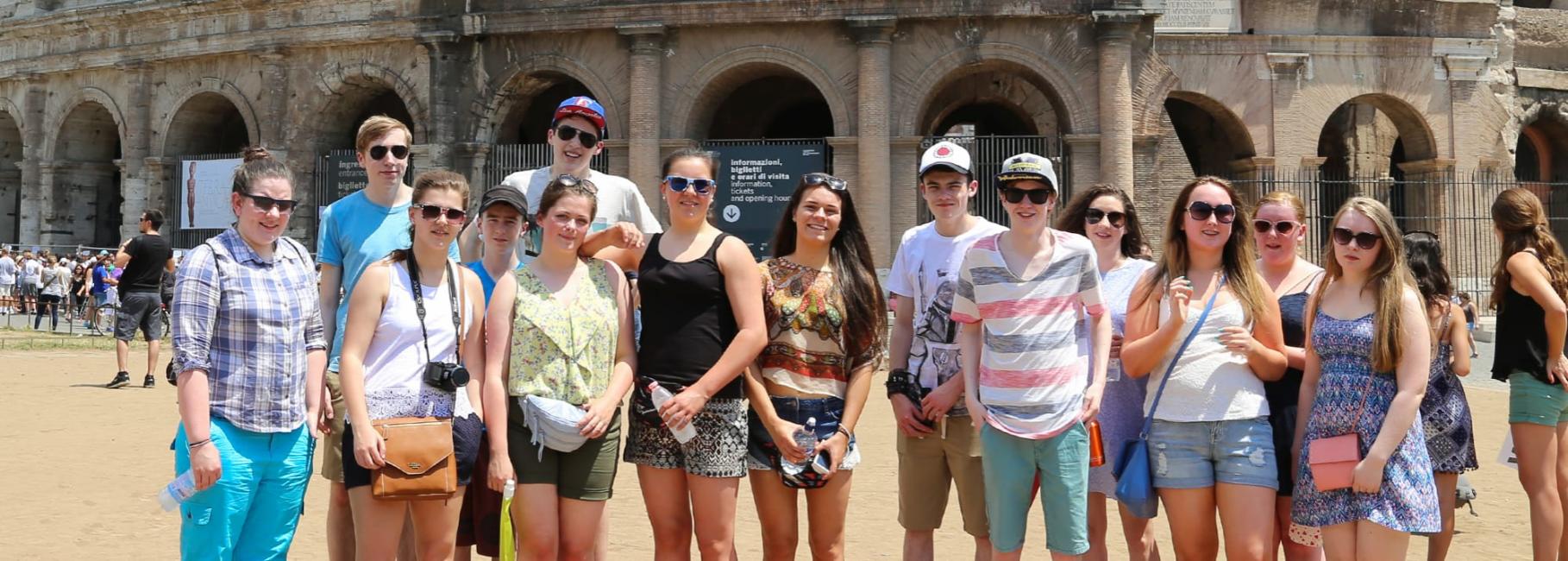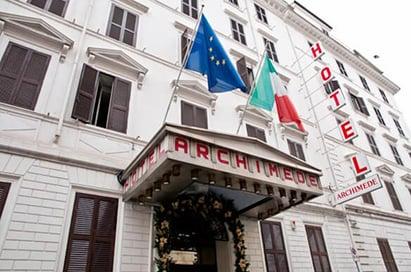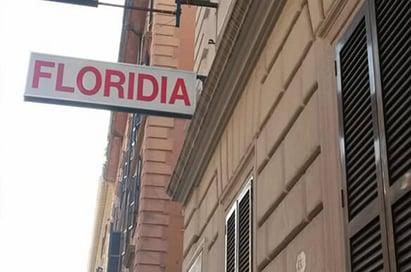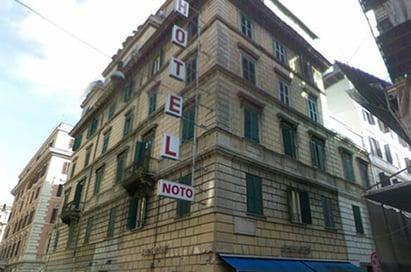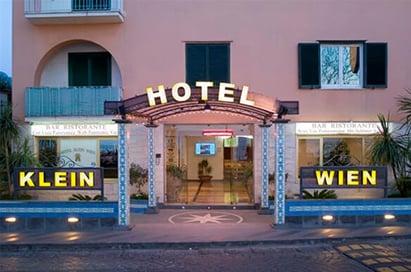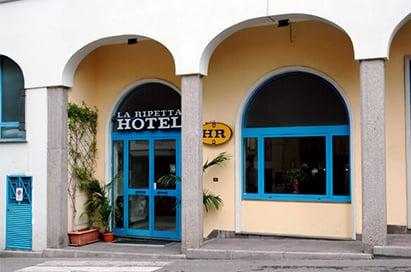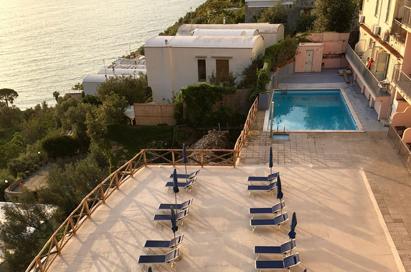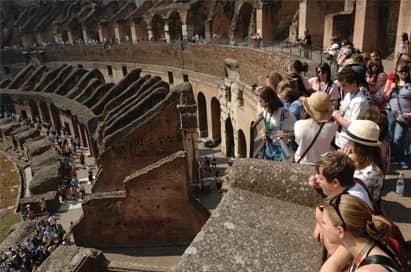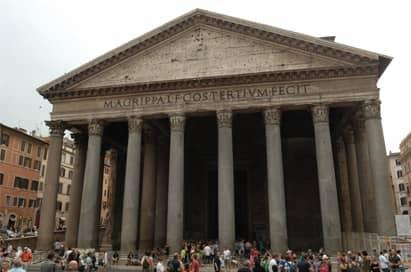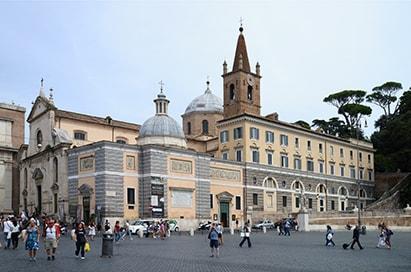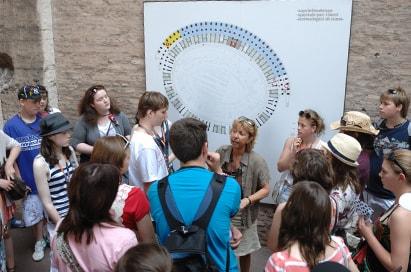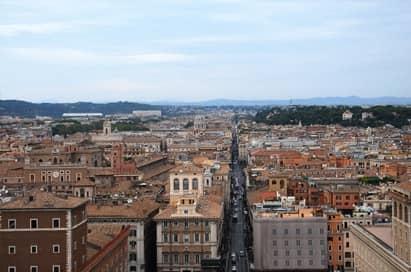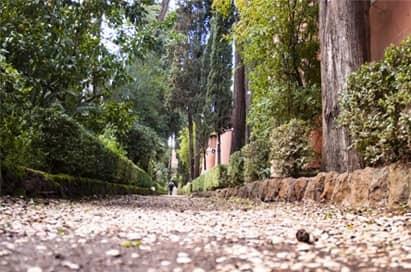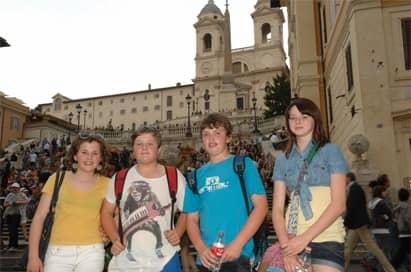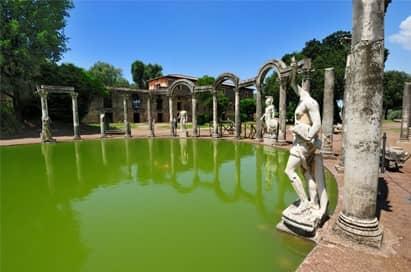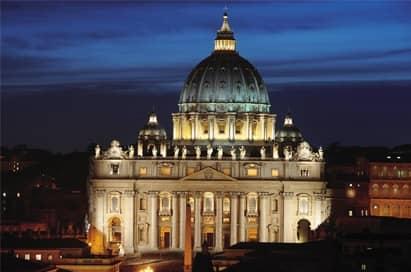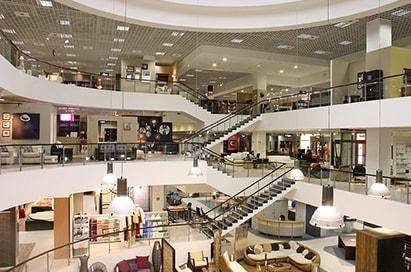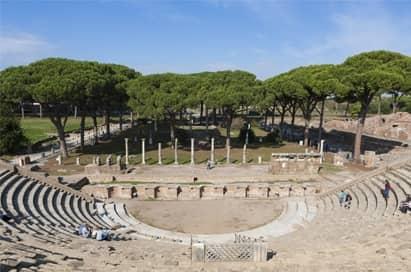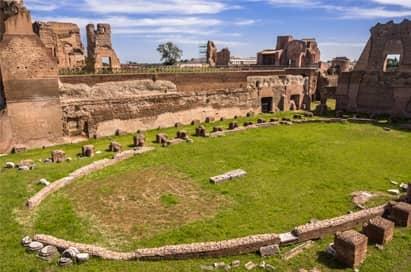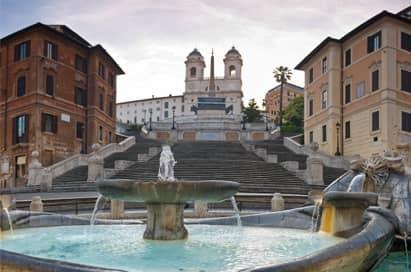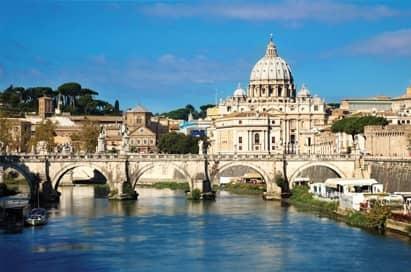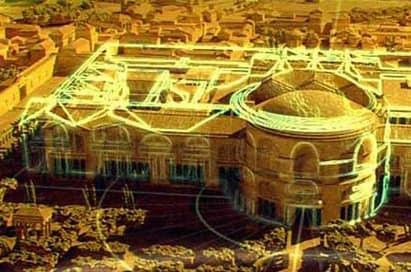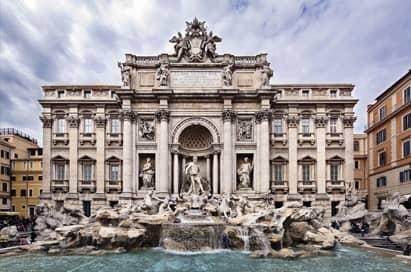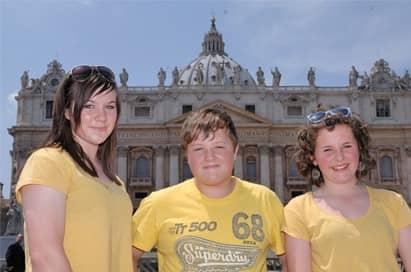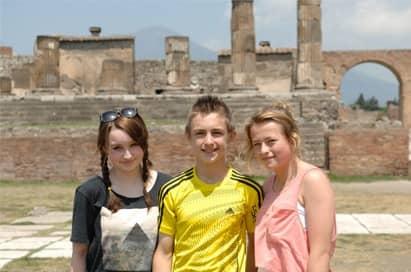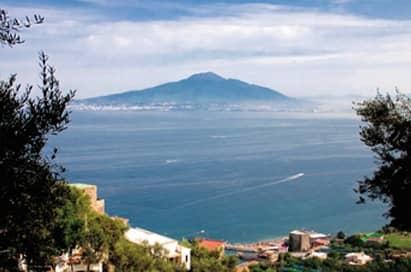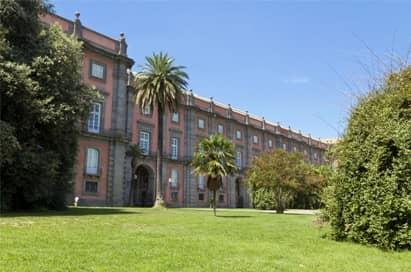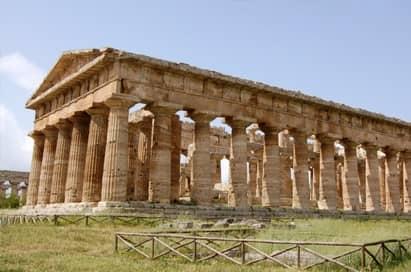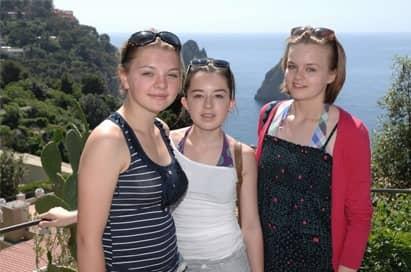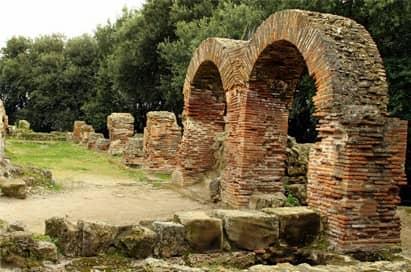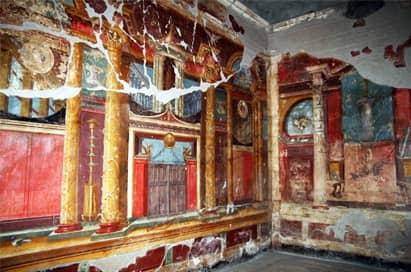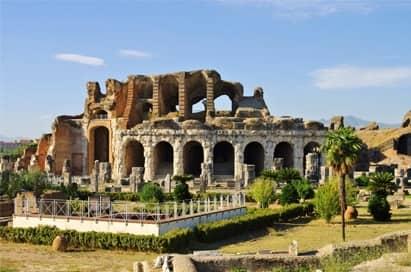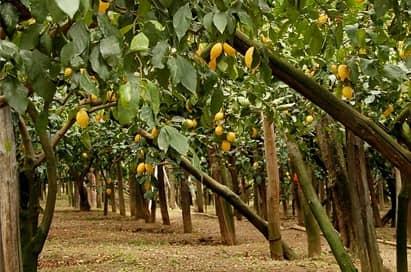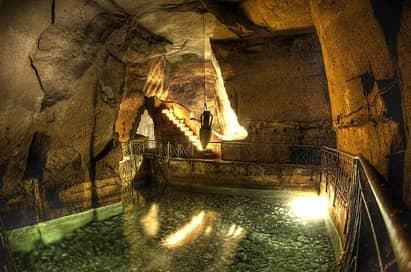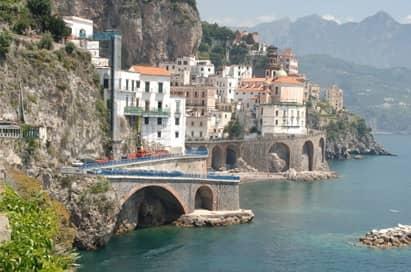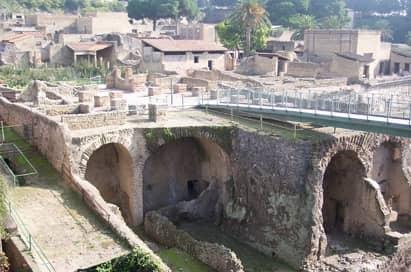Rome & Bay of Naples Cultural & Transition Yr School Trips & Tours
Students taking this two-centre package gain a valuable insight into life in both Rome and the outlying regions that supplied the city. Combining Rome’s classical heritage with the trappings of a modern city, it is a fascinating year round destination to visit on a cultural school trip.
In the Bay of Naples, the preserved towns of Pompeii and Herculaneum provide a unique insight into 1st century Roman life, while coastal towns show their strategic importance to both the provision and protection of Rome. As these regions are only a few hours apart, Rome and Bay of Naples is an ideal two-centre package.
Sample itinerary
Our sample itinerary provides you with an idea of the visits you can cover during your trip. We can tailor-make an itinerary to support your specific learning outcomes.
| Morning | Afternoon | Evening | |
|---|---|---|---|
| 1 | Flight from Ireland & transfer to accommodation, check-in assistance from NST Representative | Visit the Ancient Christian Catacombs | Free time to explore the city & visit Santa Maria in Trastevere. Overnight in Rome |
| 2 | Guided visit to the Vatican City, on foot - visits include the Vatican Museum, Sistine Chapel & St Peter's Basilica | Explore ancient Rome including the Roman Forum, Colosseum & Palatine Hill | Enjoy an Italian ice cream at the Trevi Fountain & the Spanish Steps. Overnight in Rome |
| 3 | Transfer by coach to Sorrento with en route stop at Mount Vesuvius & an excursion to Pompeii | Overnight in Sorrento area | |
| 4 | Visit Herculaneum, Solfatara & Naples Archaeological Museum | Overnight in Sorrento area | |
| 5 | Transfer to Rome for return flight to Ireland | ||
- 1
- 2
- 3
- 4
- 5
| Morning | Flight from Ireland & transfer to accommodation, check-in assistance from NST Representative |
|---|---|
| Afternoon | Visit the Ancient Christian Catacombs |
| Evening | Free time to explore the city & visit Santa Maria in Trastevere. Overnight in Rome |
| Morning | Guided visit to the Vatican City, on foot - visits include the Vatican Museum, Sistine Chapel & St Peter's Basilica |
|---|---|
| Afternoon | Explore ancient Rome including the Roman Forum, Colosseum & Palatine Hill |
| Evening | Enjoy an Italian ice cream at the Trevi Fountain & the Spanish Steps. Overnight in Rome |
| Morning | Transfer by coach to Sorrento with en route stop at Mount Vesuvius & an excursion to Pompeii |
|---|---|
| Afternoon | Overnight in Sorrento area |
| Evening |
| Morning | Visit Herculaneum, Solfatara & Naples Archaeological Museum |
|---|---|
| Afternoon | Overnight in Sorrento area |
| Evening |
| Morning | Transfer to Rome for return flight to Ireland |
|---|---|
| Afternoon | |
| Evening |
On-tour support
On-tour support includes...
- Services of a See Off Representative at your departure airport
Accommodation
Popular options in Rome & Bay of Naples
Bay of Naples
Rome visits
Bay of Naples visits
Evening activities
- Time Elevator
Transport
We offer flights from a variety of departure airports and we’ll work with you to plan your route at the best value possible.
Flight
Giving you full support throughout
Before your tour
- Your own dedicated NST contact
- Bespoke tour itineraries
- Unrivalled local knowledge & expertise
- Curriculum linked visit programmes
- Great value for money - no hidden costs
- Free group leader inspection visits
- Risk assessment guidance
- Safety assured, transport, accommodation and visits
Whilst you're away
- Free educational resources
- Group-friendly accommodation
- Exceptional standards of coaching
- On-tour support from our reps on the ground
- Support & assistance from our specialists guides throughout your tour
- 24/7 support just a call away
- Extensive group travel insurance
On your return
- Priority rebooking services
- Rewarding your loyalty with our reward scheme
- You say, we listen - we're committed to continuously improving our tours
- School travel company of choice since 1996

